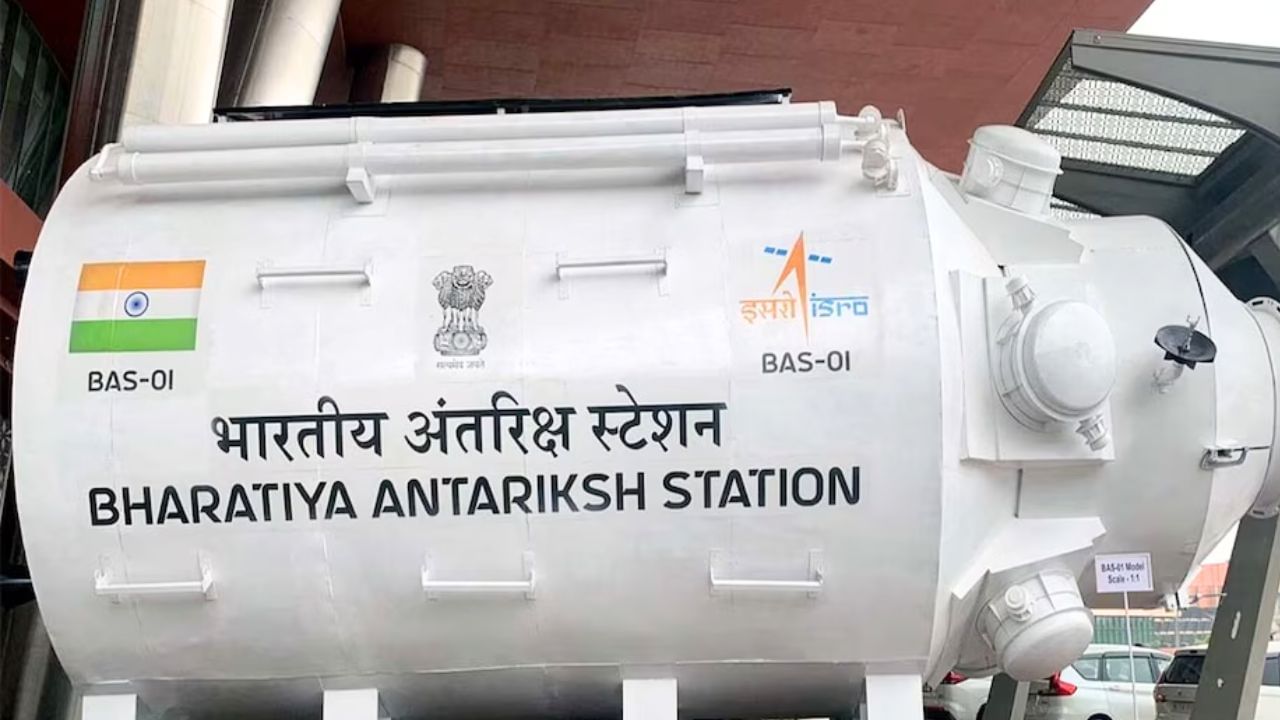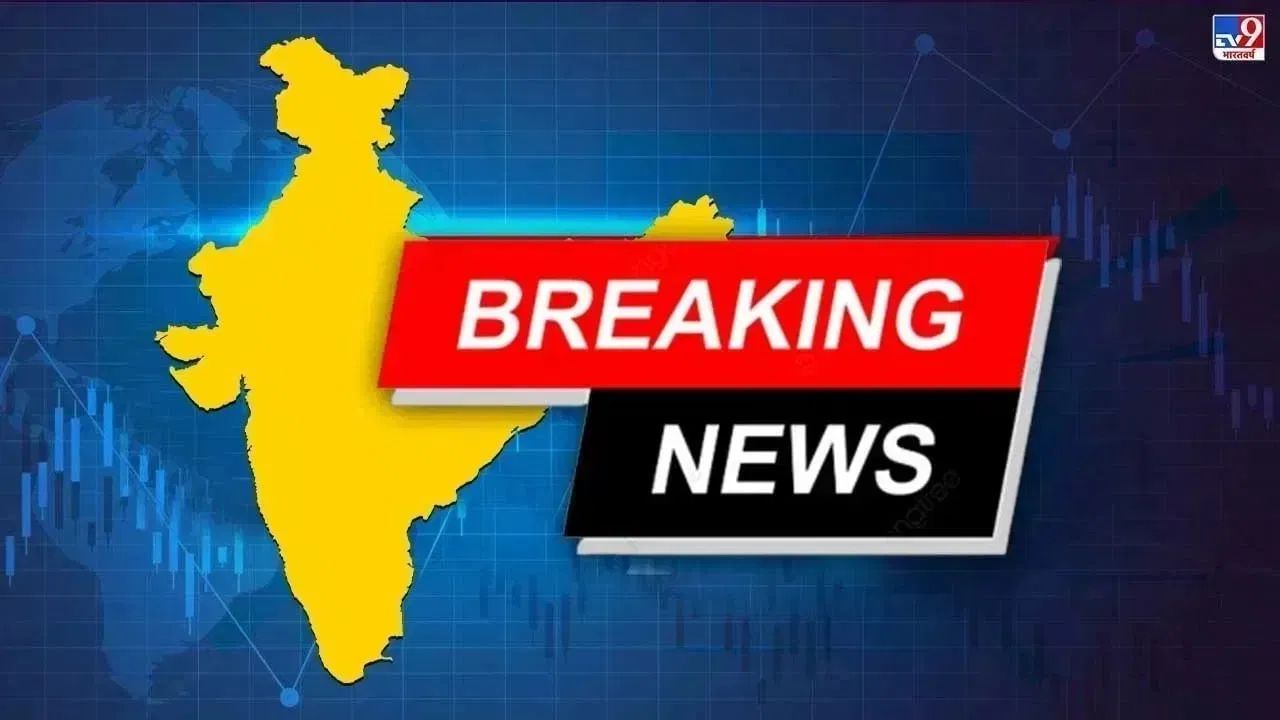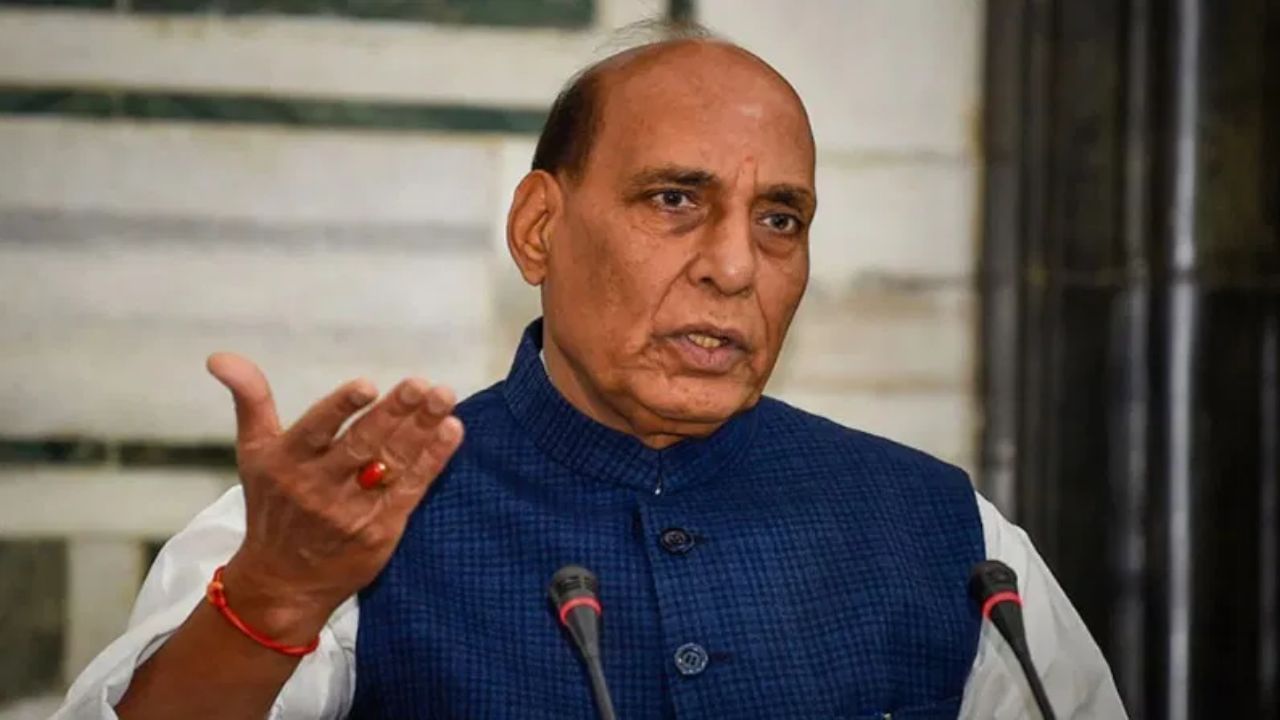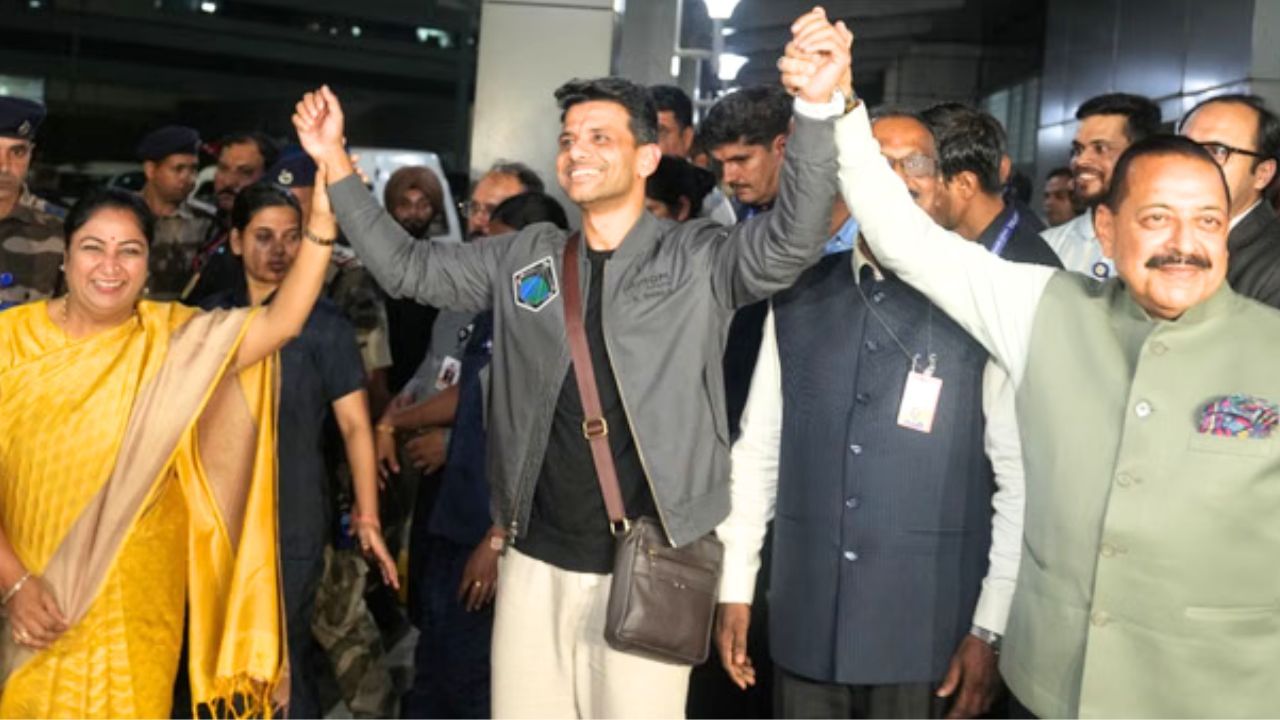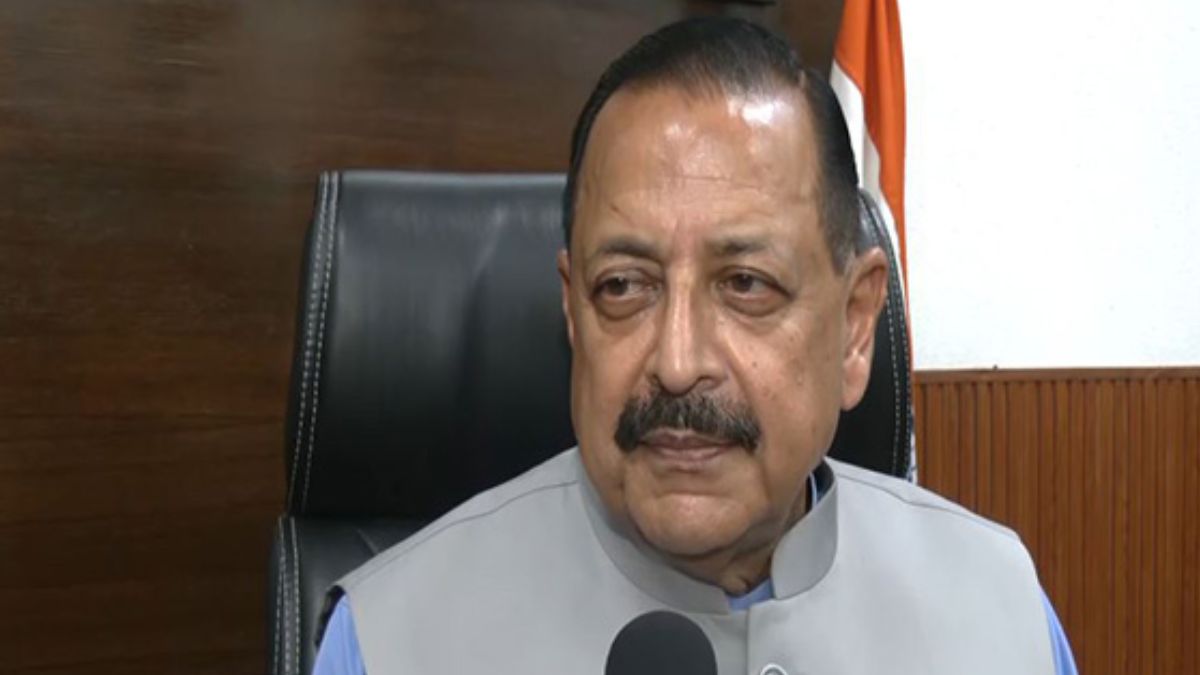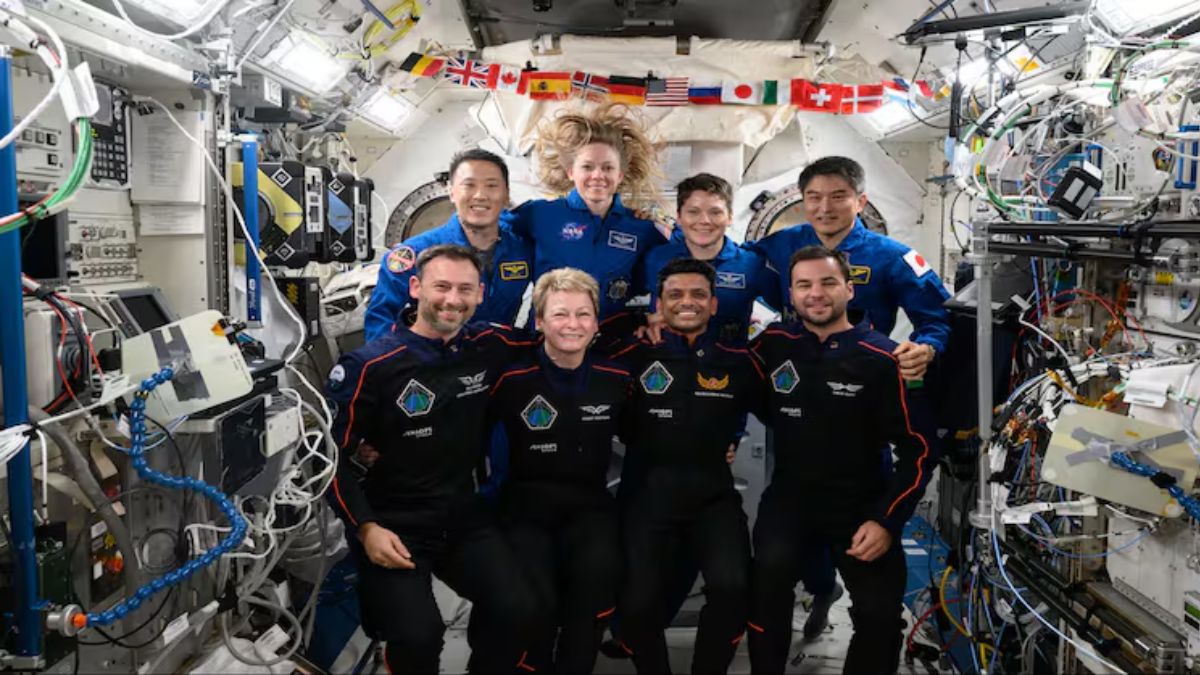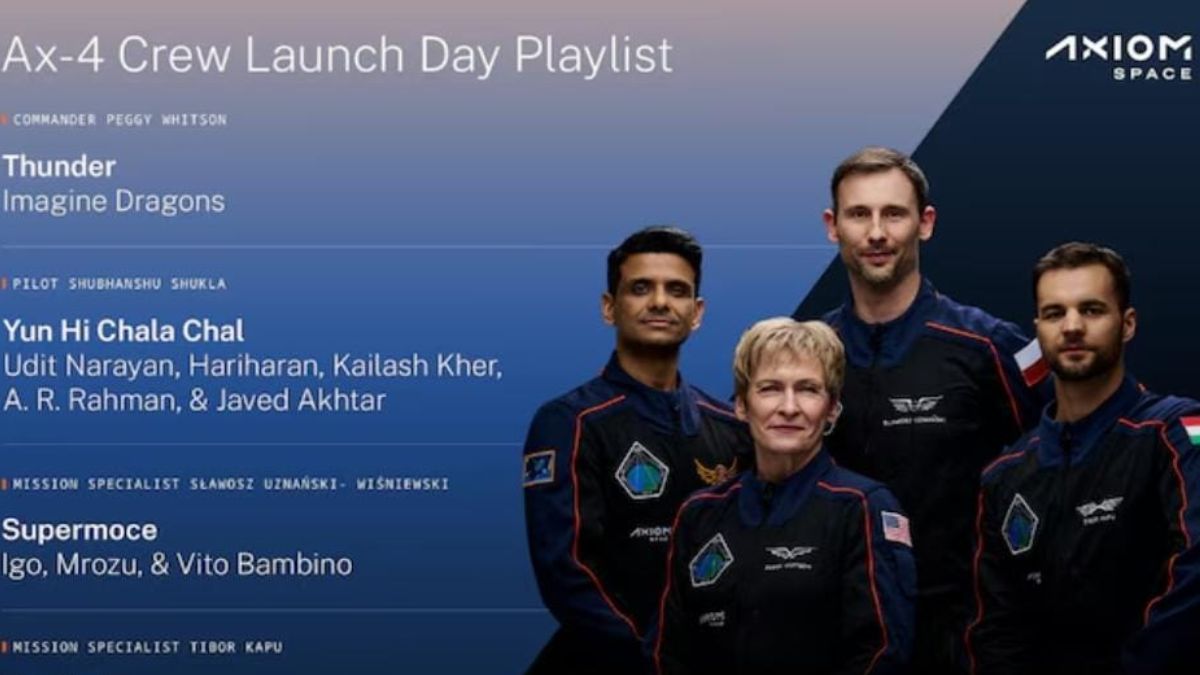ISRO introduced a model of the Indian Space Station (BAS) module during the National Space Day celebrations at Bharat Mandapam…
Browsing: ISRO
A meeting between Indian External Affairs Minister S. Jaishankar and Russian Foreign Minister Sergey Lavrov is planned in Moscow. Rahul…
The Indian government has outlined an ambitious roadmap for its space program, including a target to land an Indian astronaut…
The Lok Sabha proceedings were interrupted on Monday, the 18th day of the monsoon session, due to protests from the…
Group Captain Shubhanshu Shukla, who represented India as a pilot on NASA’s Axiom-4 space mission, has returned to India. The…
The Indian Space Research Organisation (ISRO) is gearing up to launch a 6,500-kilogram communications satellite built by the United States…
Union Minister Jitendra Singh celebrated the successful undocking of the Axiom-4 mission and expressed the nation’s excitement for Group Captain…
Group Captain Shubhanshu Shukla, the first Indian astronaut on the ISS, is returning to Earth after the Axiom-4 mission. Undocking…
Group Captain Shubhanshu Shukla, an ISRO astronaut participating in the Axiom Mission 4 (Ax-4) on the International Space Station (ISS),…
As Axiom Mission 4 (Ax-4) prepared for launch, Group Captain Shubhanshu Shukla, the Indian pilot, revealed his song of choice…


